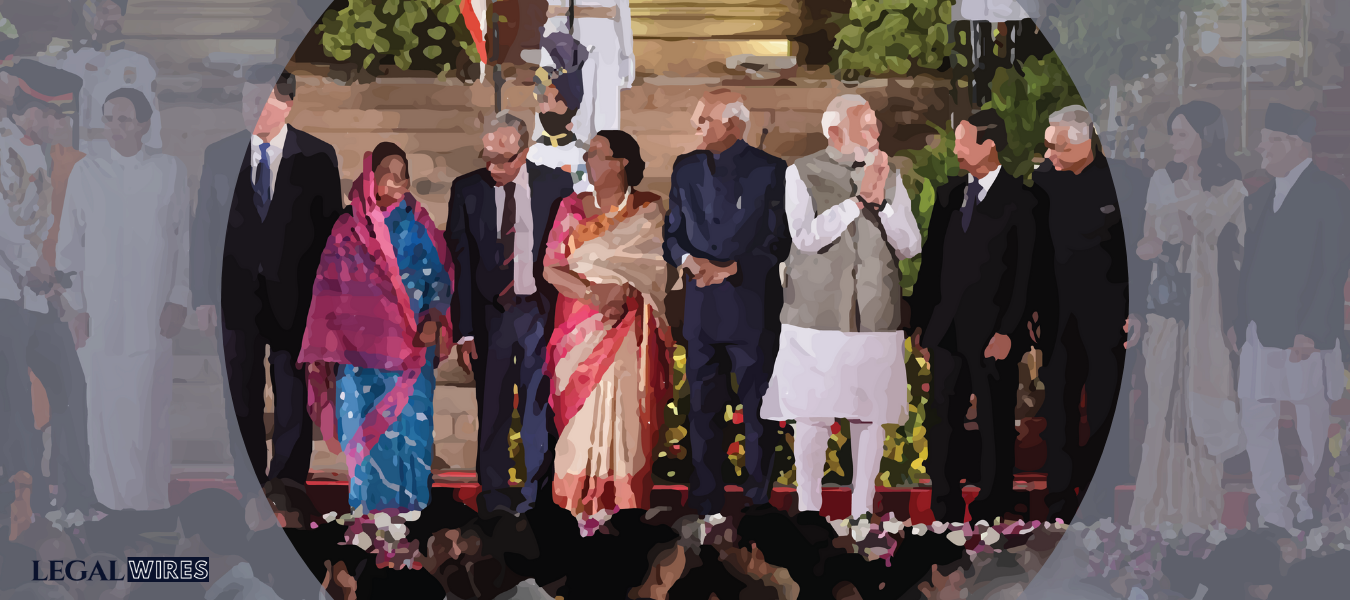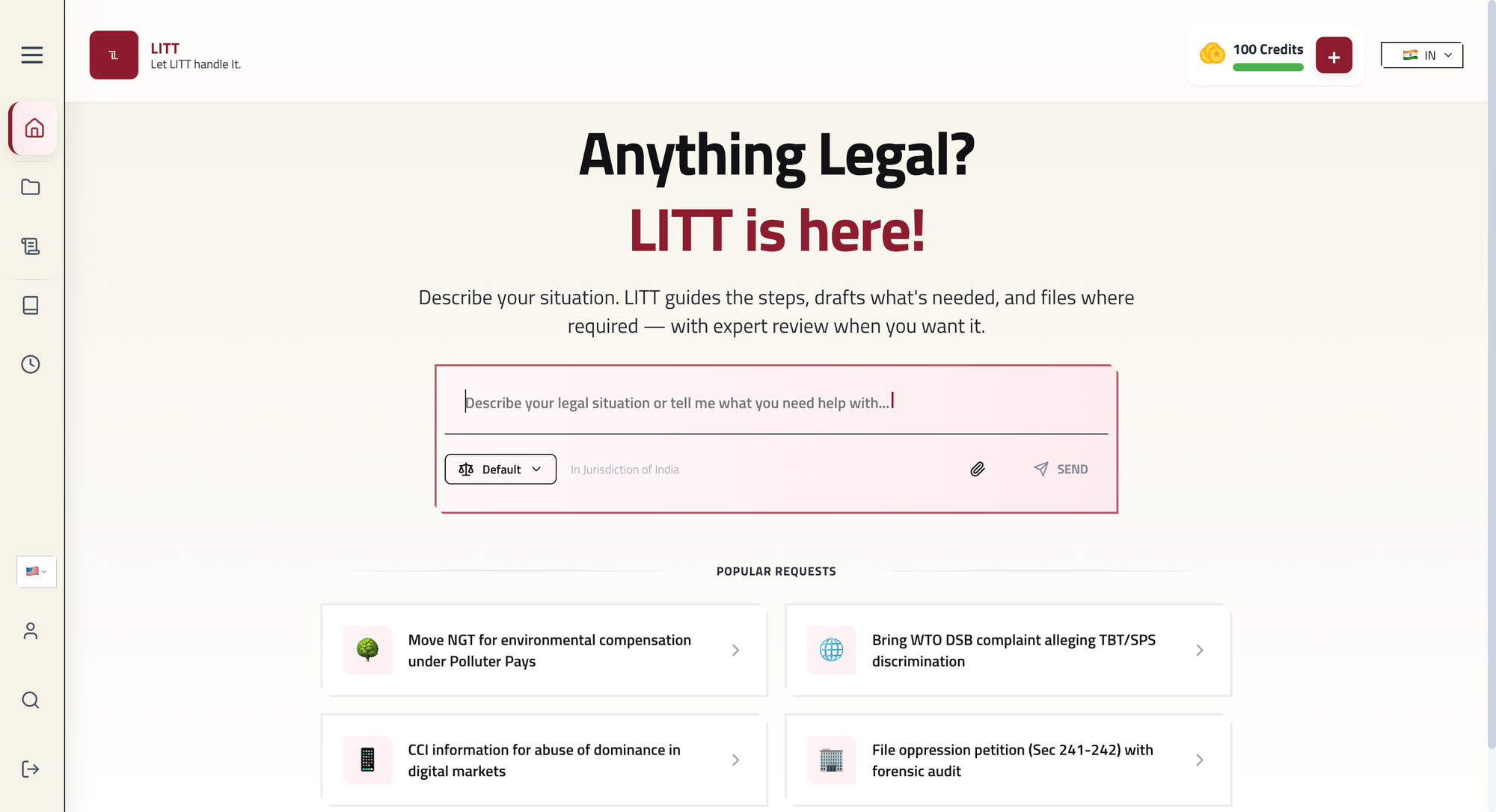Articles 74 and 75 of the constitution of India govern the Council of Ministers and Prime Minister. These articles have the following arrangements.

Hallucination-resistant legal AI (context engineered)
Introduction
Articles 74 and 75 of the constitution of India govern the Council of Ministers and Prime Minister. These articles have the following arrangements.
- Article 74(1):
There will be a Council of Ministers with the Prime Minister at the head to help and advise the President who will, in the activity of his functions, demonstrate as per such administration. The president may require the gathering of ministers to reevaluate such counsel and the president will act as per such advice given.
- Article 74(2):
What advice was offered to the president can’t be asked into any court.
- Article 75(1):
The Prime Minister will be selected by the President and different Ministers will be appointed by the President on the direction of the Prime Minister.
- Article 75(2):
The Ministers will hold office during the delight of the President.
- Article 75(3):
The Council of Ministers will be collectively responsible to the House of the People.
- Article 75(4):
Before a Minister enters upon his office, the President will guide to him the oaths of office and secrecy as indicated by the forms set out for the purpose in the Third Schedule
- Article 75(5):
A Minister must be a member of any of the houses within a half year.
- Article 75(6):
Parliament will choose the compensation and payments of the Ministers and until parliament chooses, so will be as determined in the Second Schedule.
The constitutional position of Prime Minister
While President is the important executive authority (de jure executive), Council of Ministers headed by Prime Minister is the actual administrative power (de facto executive) further, while the President is the top of the state, the Prime Minister is the top of the administration.
The Council of Ministers is Real Executive
The Council of Ministers (CoM) is an original administrator because the President acts following the advice presented by them. The president may ask the CoM to review the advice, but if it chooses to stick to the previous advice, the president acts as per this revised advice. The advice presented to the president by the Council of Ministers cannot be questioned by anybody or any court of law.
Ministers shall hold office till the president holds the office.
All the ministers are selected by the president on the recommendation of the Prime Minister. It is the Prime Minister who designates the responsibility to other ministers. The prime minister may call for the compliance of any minister at any time. In case the minister denies, the prime minister may advise the President to remove the minister. This is also called the “Rule of Individual Responsibility”. This special accountability is a powerful influence of the President in the support of the Prime Minister. Losing determination of the Prime Minister heads to removal by the President.
Principle of Collective Responsibility
The Council of Ministers is collectively subjected to “Lok Sabha”. This signifies that if the Ministry fails the confidence of the “Lok Sabha”, all ministers including those who are from Rajya Sabha have to withdraw. The entire ministry is expected to retire. This means that ministers fall and stand unitedly. This is called the “Rule of Collective Responsibility”.
A Minister must be an MP
A Minister (including Prime Minister) must be a part of any of the house of Parliament. If at the time of assignment, a minister or PM is not a part of any house, he must perform ad up of any of them within 6 months.
Maximum numbers of Ministers
The entire character of Ministers, including the Prime Minister, in the Council of Ministers, cannot surpass 15% of the total characters of members in Lok Sabha. Since the biggest power of Lok Sabha is set 552 in the constitution, there can be the highest of 82-83 members in the Council of Ministers.
Appointment of Prime Minister
There is no definite system for the selection of the Prime Minister in the constitution. Nevertheless, the law is that the President appoints the head of the majority party in Lok Sabha as Prime Minister. But, in the case of a suspended parliament, the President executes his duty in the election and approval of the Prime Minister. In this case, the prime minister is granted time to seek a vote of confidence in the house in a defined time (commonly a month, fixed by the president).
Other related records on Prime Minister
- The phase of the Prime Minister is not defined. Like any other minister, he carries office throughout the pleasure of the president. Though, it does not imply that he can be discarded by the President at any time.
- The President cannot dismiss him until he has confidence in the Lok Sabha.
- The Prime Minister returns and expands when needed by the charge of the ministers. He heads the Council of Ministers and Union Cabinet. Retirement or death of the Prime Minister would terminate the complete Council of Ministers.
- The Prime Minister establishes the schedule of the Lok Sabha along with the Speaker.
- The Prime Minister directs the President concerning the summoning and proroguing of the Parliament.
- The Prime Minister is responsible to the Parliament for all administration declarations of his Government and his Ministers.
- Prime Minister can advise the President to terminate the Lok Sabha if he considers so
Groups of which Prime Minister is Chairman of Union Cabinet
- Former Planning Commission and National Development Council
- NITI aayog
- National Integration Council
- Inter-state Council
- National Water Resources Council
- Prime Minister National Relief Fund
Varieties of Ministers
There are three varieties of ministers viz. Cabinet Ministers, Ministers of State, Deputy Ministers. Cabinet ministers are of the most powerful rank and they operate key ministries. However, the recompense of a cabinet minister is equal to that of a minister of state. Normally, the minister of state supports the cabinet minister in his duties. Likewise, state ministers can be given autonomous administration also. In such a circumstance, a state minster plays the same duties as cabinet ministers.
The difference between Cabinet and Council of Ministers
The cabinet is created by Cabinet Ministers, while the Council of Ministers is created by all ministers. Therefore, the later is more significant than the former. Both are directed by the Prime Minister. The cabinet appears as a body constantly to conduct government business and make declarations. Such several meetings and group work are not seen in CoM. While the constitution has particularized provisions about CoM, the word cabinet arises only once in article 352, and that too was added via the 44th amendment act
Pieces of information related to the Council of Ministers in States
- President of India seems not to have existed without the council of ministers, but the Governor holds (at the time of President’s rule).
- The minimum depth of the council of ministers in a state as per Constitution is 12 and the highest is 15 percent of Legislative Assembly.
- Oaths for ministers: oaths of office and secrecy.
- The Governor has discretionary capabilities and the legality of acts performed using the discretionary powers cannot be questioned.


